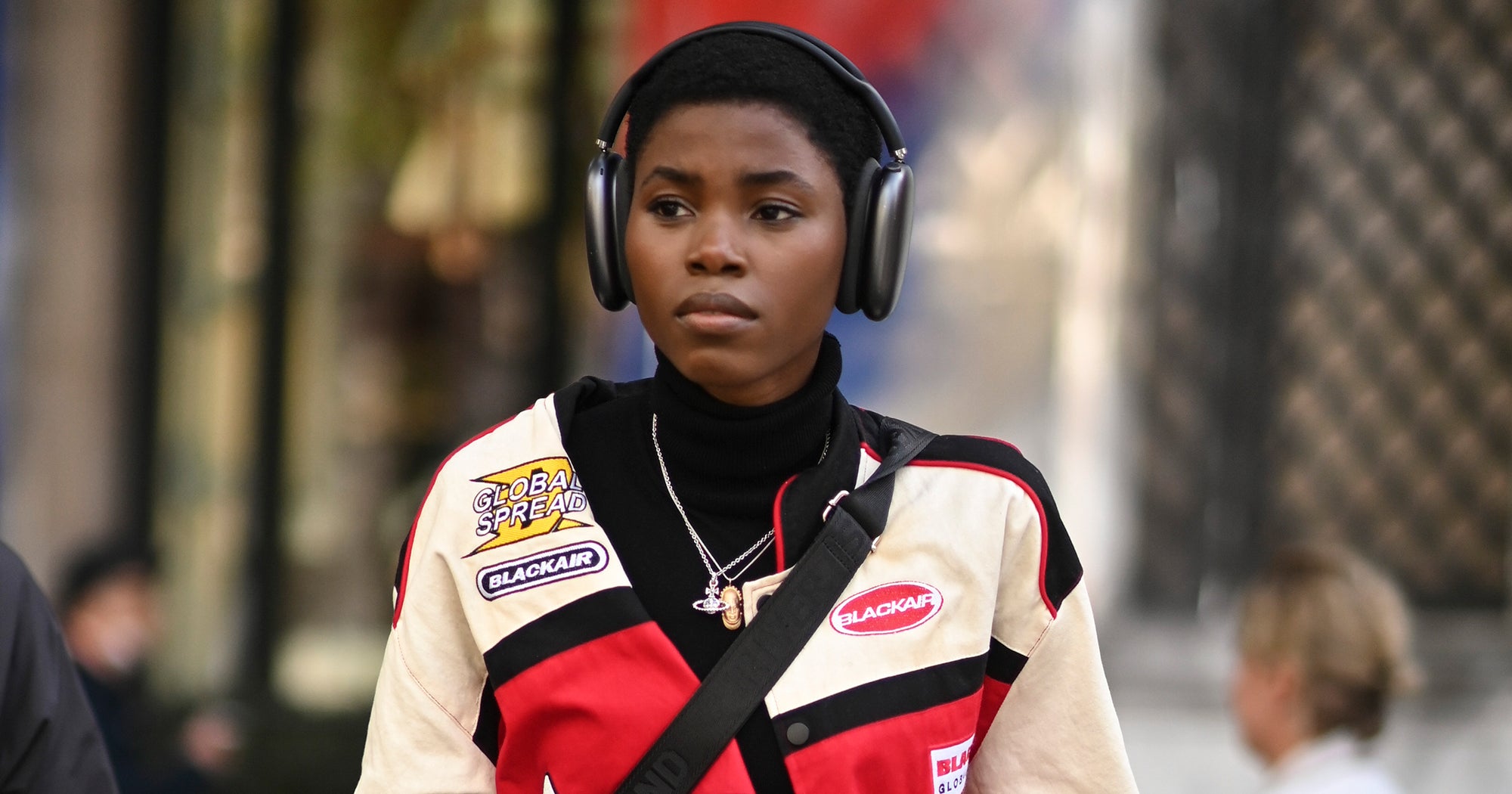Headphones are functional. They allow us to be on-the-go, while still jamming to our favorite music. Putting on headphones has always been about being at the forefront of technology. Back in the 1880s, switchboard operators started using 10-pound headphones, with a large one-ear piece and a microphone attached. Throughout the early 20th century, they rapidly developed into more portable devices mainly used by the military. The first wireless headphones came in the 1960s, an era of futurist thinking, allowing people to bring their radio with them. Still, they looked different from the ones we know today, featuring radio antennas and bulky speakers in the ear cups. That same decade saw the release of the Beatlephones, a collaboration between the John Koss audio company and The Beatles that started marketing headphones to teenagers, changing their usage and demographic in the process. Then, came the 1980s, when Sony’s Walkman cassette player upended music and radio listening, transforming it from passive to an on-the-go activity. By the beginning of the 21st century, the rise of iPods brought forth the wired EarPods, making their easily-tangled white strings the protagonists of this era. Similarly, Bluetooth technology revolutionized the way people listen to music and communicate, allowing tech companies to play more with the look and feel of headphones, including the popular Beats by Dr Dre headphones that updated the vintage over-the-ear headphones with a wide range of colors.
























































![Key Metrics for Social Media Marketing [Infographic] Key Metrics for Social Media Marketing [Infographic]](https://www.socialmediatoday.com/imgproxy/nP1lliSbrTbUmhFV6RdAz9qJZFvsstq3IG6orLUMMls/g:ce/rs:fit:770:435/bG9jYWw6Ly8vZGl2ZWltYWdlL3NvY2lhbF9tZWRpYV9yb2lfaW5vZ3JhcGhpYzIucG5n.webp)


















